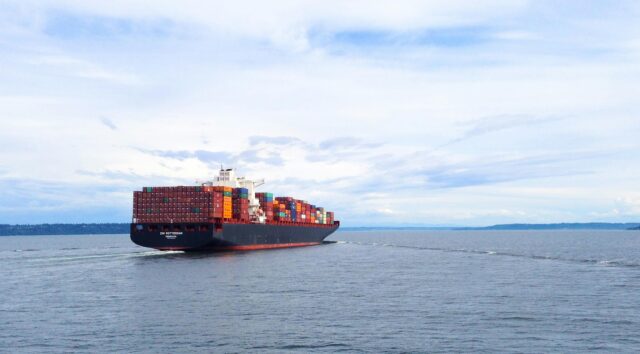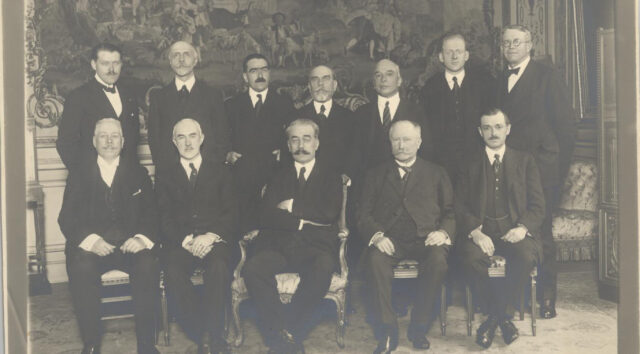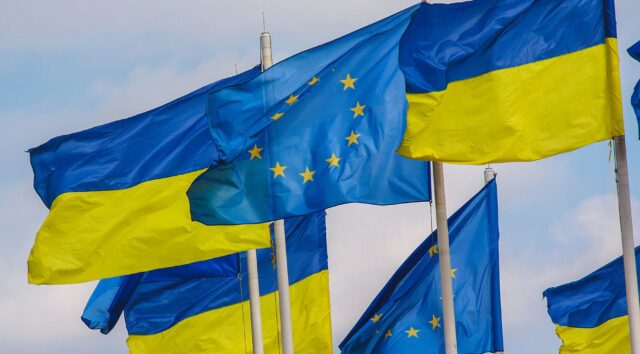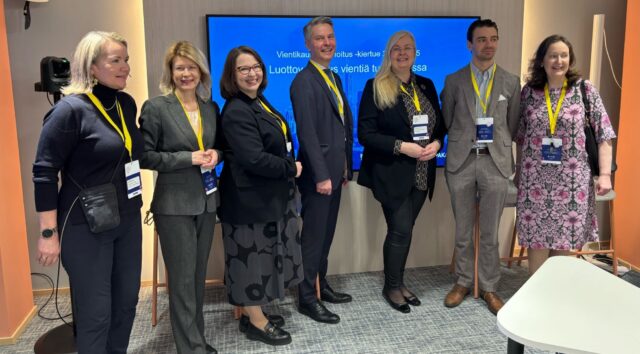The Energy Crisis Accelerates the Green Transition
Russia’s war of aggression against Ukraine launched the world into an unprecedented energy crisis. During the past year, we’ve got conflicting reports of the impact on climate and energy policies. The return of coal has caught headlines in Europe, with countries scrambling to replace Russian gas with available energy sources. However, the statistics speak of a much more impactful increase of investment in and production of clean energy. Fossil dependency is increasingly seen not just as a climate issue but also as a security risk.
For example, in Europe the share of coal increased only by 1,5 percent of overall electricity generation in 2022, whereas wind and solar rose to all time high. Globally, investment into clean energy caught up with fossil energy investments for the first time. The International Energy Agency estimates that overall fossil fuel consumption will peak by 2025, with Executive Director Fatih Birol calling the energy crisis “a historic turning point”.
Globally, the energy crisis is not over. Europe is still struggling to overcome its gas dependency, and China’s reopening will mean that the global demand for LNG is on the rise. For Finland, the outlook is brighter. Finnish electricity production is already 90 percent carbon free and incoming nuclear energy and wind power additions will strengthen the security of supply already for the next winter. The abundance of clean, low cost and secure electricity is emerging as a competitive advantage for Finland.
Another impact of the crisis is that countries are looking more into risk resilience. A significant element of the United States Inflation Reduction Act is shoring up investments into technologies and materials required in the green transition into the US. Europe is looking to respond with the newly introduced Green Deal Industrial Plan. While increasing of resilience is welcome, western democracies should seek to safeguard free trade.
The leap forward caused by the energy crisis is more than necessary. The IPCC report published in March called for swift action in cutting emissions already this decade. The next United Nations climate summit, COP28 in Dubai at the end of the year will mark an important milestone with the first global stock take on where we are with climate action and what needs to be done.
Finnish companies and industries have a lot to offer in the global fight against climate change. According to estimate by consultancy Afry, the carbon handprint – the positive impact of products and services – of Finnish companies is already over 60 million CO2 tons, even exceeding the net emissions of Finland. To promote this, Finland Chamber of Commerce in cooperation with Business Finland, Confederation of Industries and Climate Leadership Coalition is looking to launch the first ever Finnish business pavilion in Dubai.
The International Chamber of Commerce is also working hard towards economic sustainability and the promotion of green energy. ICC has published its ICC Standards for Sustainable Trade and Sustainable Trade Finance: Wave 1 Framework. Published on the margins of COP27, the Framework is designed to advance two objectives: support business in meeting both the Paris Agreement objective of limiting global warming to 1.5°C above pre-industrial levels, and the UN Sustainable Development Goals. Teppo Säkkinen is also part of the ICC’s Environment and Energy Commission as an expert.






